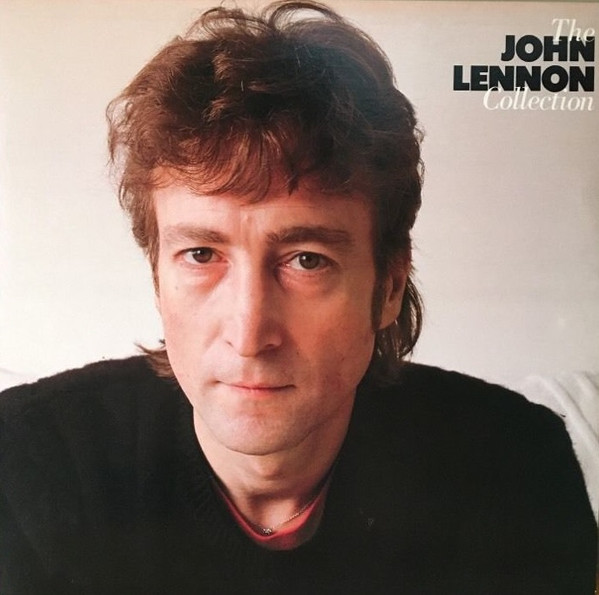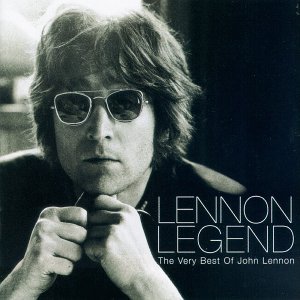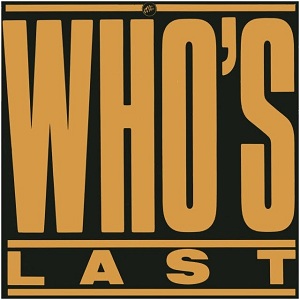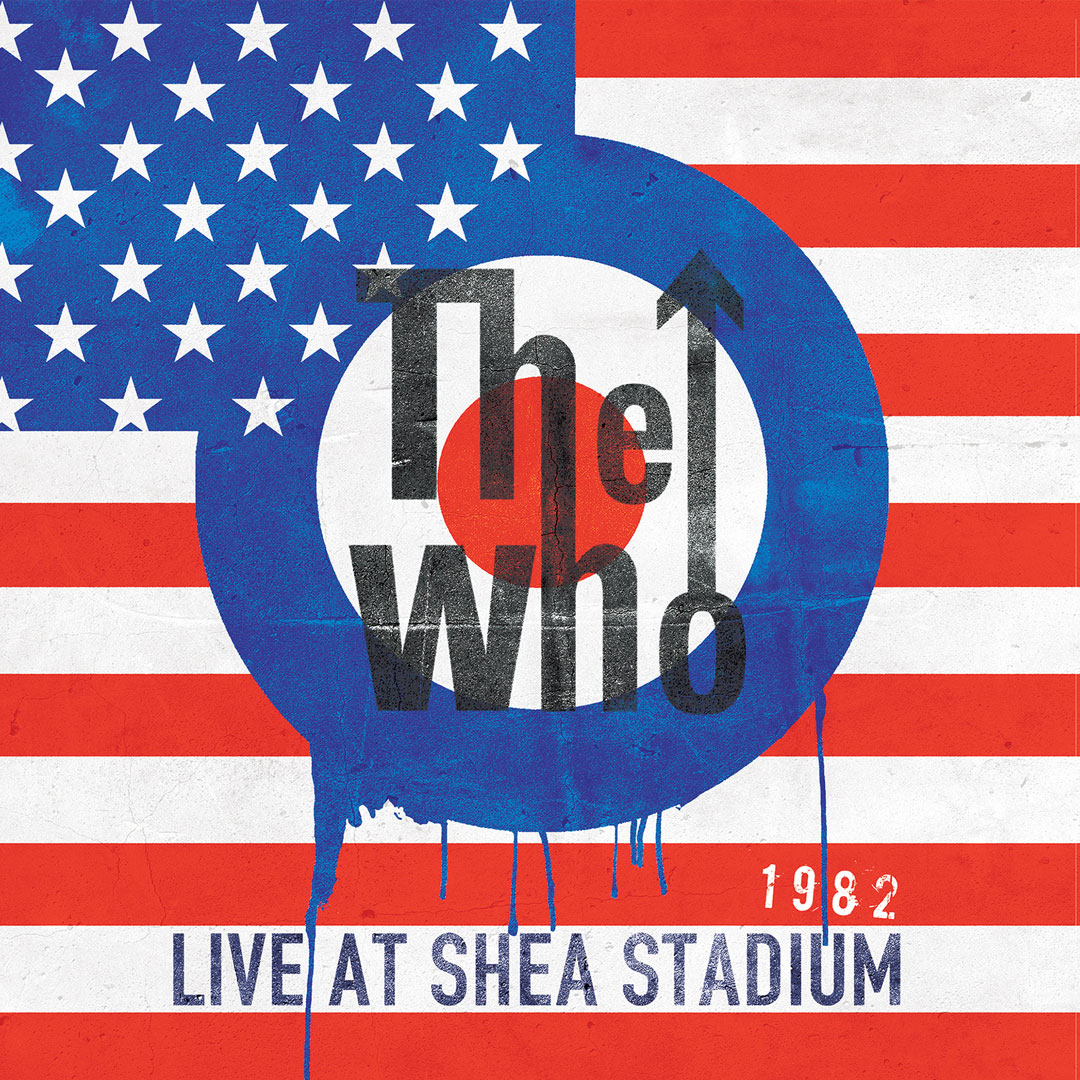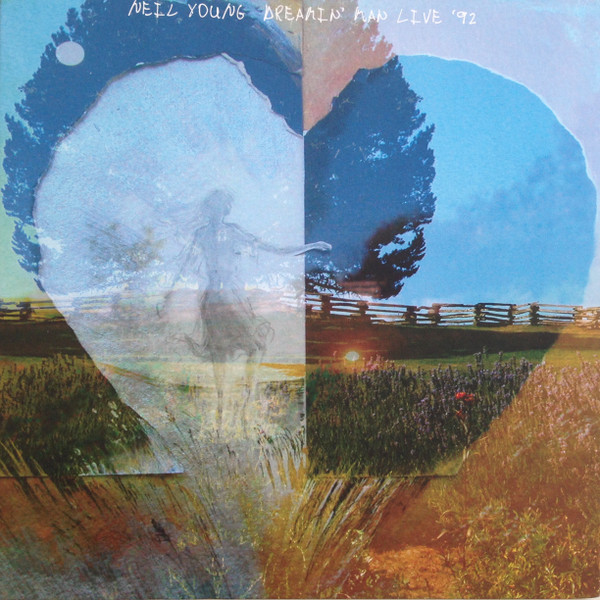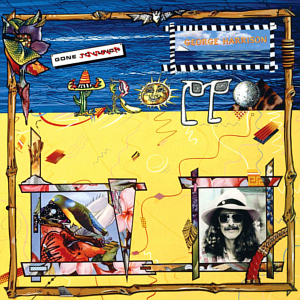 It made perfect sense—war and peace, right? The follow-up to the successful Tug Of War, Pipes Of Peace came out in time for Christmas 1983 with a heavy emphasis on the duets with Michael Jackson, just when he was the biggest performer in the world hands down. Paul had already sung “The Girl Is Mine” with Wacko Jacko on Thriller; and Tug Of War sported two tracks featuring a Motown legend, so this does too. We’ll get to those.
It made perfect sense—war and peace, right? The follow-up to the successful Tug Of War, Pipes Of Peace came out in time for Christmas 1983 with a heavy emphasis on the duets with Michael Jackson, just when he was the biggest performer in the world hands down. Paul had already sung “The Girl Is Mine” with Wacko Jacko on Thriller; and Tug Of War sported two tracks featuring a Motown legend, so this does too. We’ll get to those. The title track starts in a similar fashion to its counterpart, but gets derailed ere long by nursery-rhyme melodies and a children’s choir juxtaposed over Indian drums. At least the video had something to recommend it, but the song still sounds forced all these years later. “Say Say Say” has a lot more Michael than Macca, which probably explains its success, and it manages to be danceable without dating itself. (In the reverse of “Pipes”, the song is easier to swallow than the video.) And here’s where it all starts to really sink. “The Other Me” and “Keep Under Cover” barely have enough on their own to even turn into something worthwhile. Perhaps if he’d taken parts of each…no, that wouldn’t work either. “So Bad” might have been better served if he gave it to Jacko, or anyone else who wouldn’t sound so silly singing so high. To induce vomiting, seek out any of his interviews where he describes putting “boy I love you” in the lyrics to either humiliate or include his five-year-old son.
“The Man”, the other track with the future King of Pop, seems to be about someone very important, but damned if we can figure out who that is. “Sweetest Little Show” runs into “Average Person”, and both are equally as condescending as they are aggravating. (Though the latter might make folks pine for London Town, and it took years for us to notice that the fake horns motif at the end of each chorus was done better as the coda to “Tug Of War”.) “Hey Hey” is a dopey instrumental written with jazz cat Stanley Clarke, who wasn’t in a hurry to put it on any of his own albums. “Tug Of Peace” tries to unite the two big themes, and like some arranged marriages, succeeds only in wasting the time and attention of everyone involved. Luckily, “Though Our Love” is that One McCartney Song per album we’ve come to count on. Just gorgeous—but it’s too late. We’re already really pissed off.
Amazingly, George Martin signed off on Pipes Of Peace, easily Paul’s worst album in ten years. Some of these tracks were left over from the Tug Of War sessions, and it’s obvious why they weren’t used there. The better ones also appear in demo form on the Archive Collection bonus disc, along with a new remix of “Say Say Say”, the undeniably catchy “Ode To A Koala Bear”, and a few other underdone tracks from the same period. Of course, that didn’t stop the PR machine from touting Pipes Of Peace as an ‘80s classic, which it’s not. If we were in charge of these things, we’d’ve at least combined it with the new songs he’d earmarked for his first major motion picture (which we’ll discuss in due time), and pushed the demos over onto the concurrently released Tug Of War bonus disc, where they belong chronologically, rather than barely padding out both albums for the streaming generation. But this is what happens to performers who have spent decades doing anything they want. And in Paul’s case, it would only get worse.
Paul McCartney Pipes Of Peace (1983)—2
2015 Archive Collection: same as 1983, plus 9 extra tracks (Deluxe Edition adds DVD)
